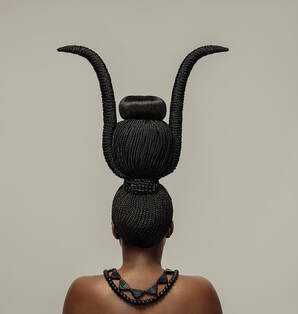 Photograph from uBuhle boKhokho by Zizipho Poswa
Photograph from uBuhle boKhokho by Zizipho Poswa Southern Guild Gallery (Cape Town, South Africa) is a mainstay at Design Miami, which runs November 30 to December 4, 2022 at Convention Center Dr and 19th Street, Miami Beach. They've been showing at Miami Art Week's design-focused fair since 2011.
"This is a pivotal moment in the year for us in particular, being a gallery situated outside of the
mainstream and at such a geographical distance. It’s also a fair that has always felt collaborative rather than competitive; we have formed multiple ongoing relationships there, including with Friedman Benda and R & Company galleries as well as many institutions. We have found a home away from home there, a platform that appreciates the unsung perspectives of artists and designers from the African continent." says Trevyn McGowan, co-founder of Southern Guild.
This year they will be showing not just at Design Miami but at Untitled Art, a more fine arts focused fair.
"Southern Guild’s remit has evolved over the past couple of years to include fine art (in addition to functional art, or collectible design) and we are more actively reaching out to artists working in many disciplines across the African continent," says McGowan. "It made sense to broaden our offering in Miami, a city that we have been exhibiting in for over a decade."
Essentially the booth at Design Miami focuses on the functional while the booth at Untitled focuses on a group of emerging and established fine artists.
Artists at Untitled Art include: Jozua Gerrard (South Africa), Yolanda Mazwana (South Africa), Dominique Zinkpè (Benin), Shirley Fintz (Zimbabwe/South Africa), Xanthe Somers (Zimbabwe/UK), Justine Mahoney (South Africa) and Galia Gluckman (South Africa).
by Zizipho Poswa
"We are definitely ending 2022 on a high with her show, which has been a year in the making. We have presented her work at Design Miami for quite a few years now, and as its scale and her confidence has grown, so has her international stature." he says.
The show, in South Africa, is titled, uBuhle boKhokho (Beauty of Our Ancestors) and consists of a series of 20 ceramic and bronze sculptures that are monumental in size and scope. The work draws inspiration from the elaborate art of hairstyling practiced by black women across Africa and the diaspora. As part of the process of creating these pieces Poswa created and wore a dozen hairstyles over five months. She documented all of these in a photographic series (see one photo above).
The show, at Southern Guild Gallery (Silo 5, Silo District, V&A Waterfront, Cape Town) closes February 2, 2023. Be sure to see her work in Miami Beach.
Such innovative and engaging work is the norm for the gallery.
"Southern Guild’s core focus is to engage deeply with our artists’ practices and to ensure that what we are presenting is authentic and meaningfully rooted in rich back stories," says McGowan. "So with that us our proviso, it feels inevitable that we are going to present work that is engaging, constantly evolving and surprising. To be repetitive is not in our DNA."
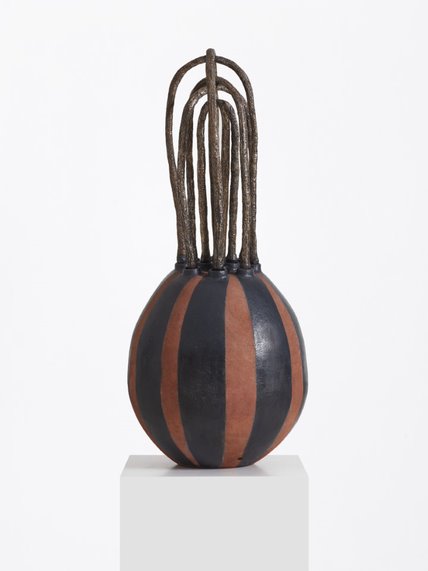
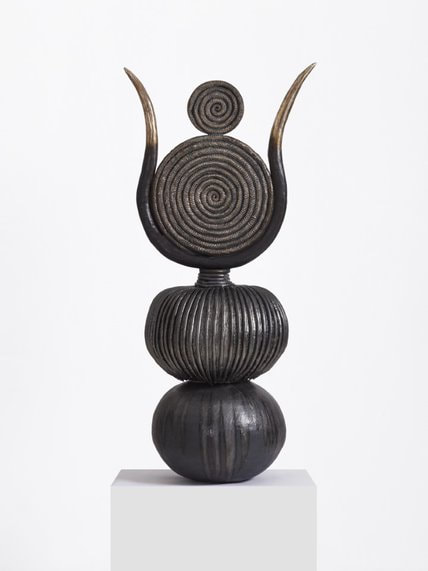
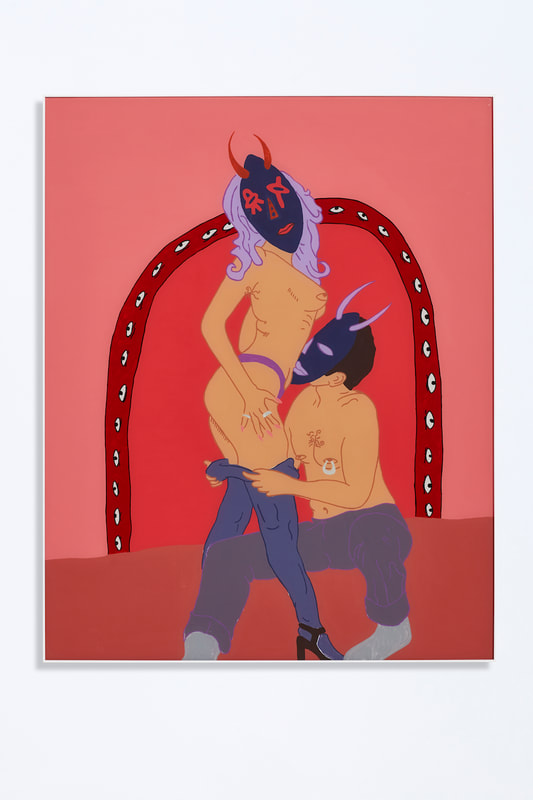
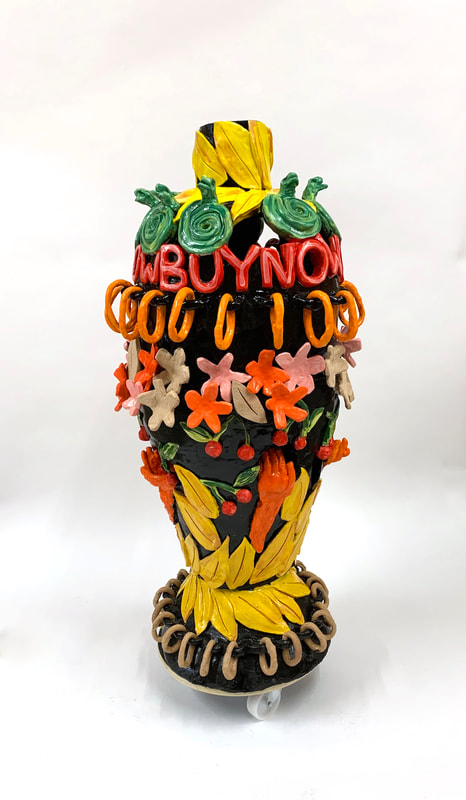
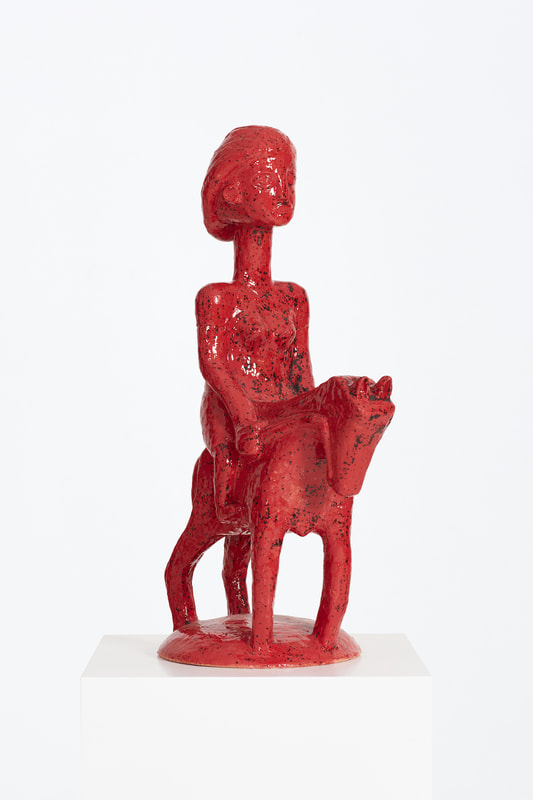
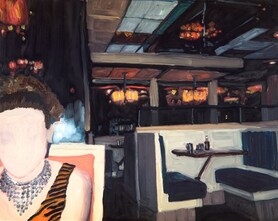
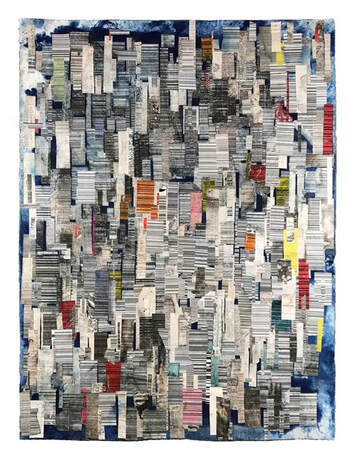
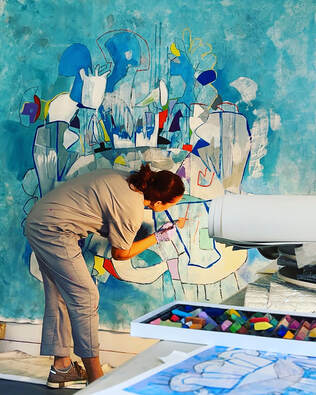
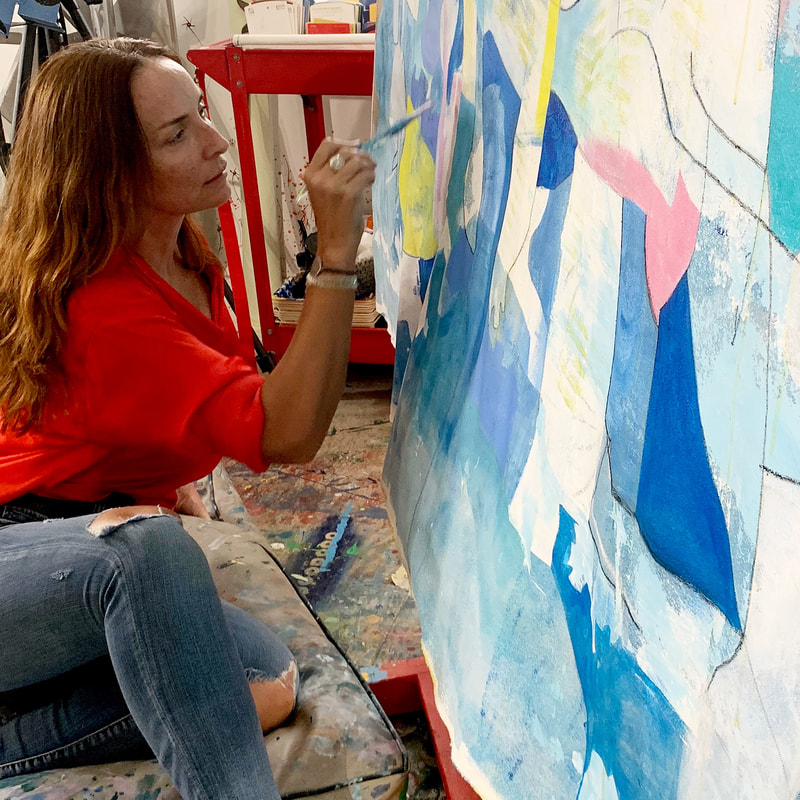
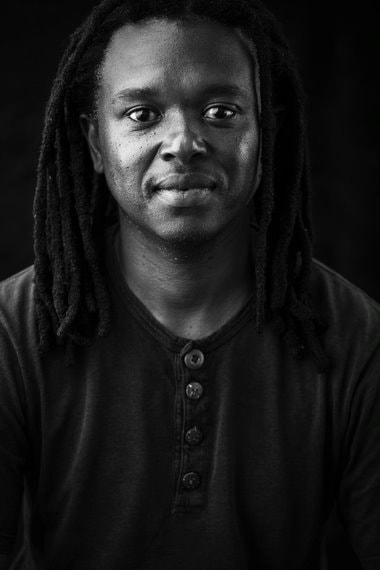
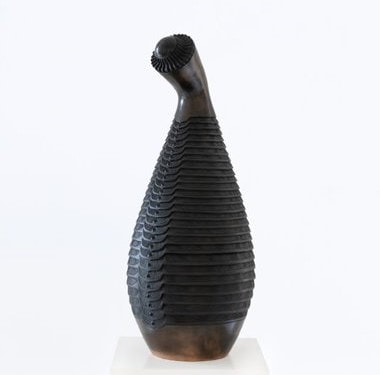
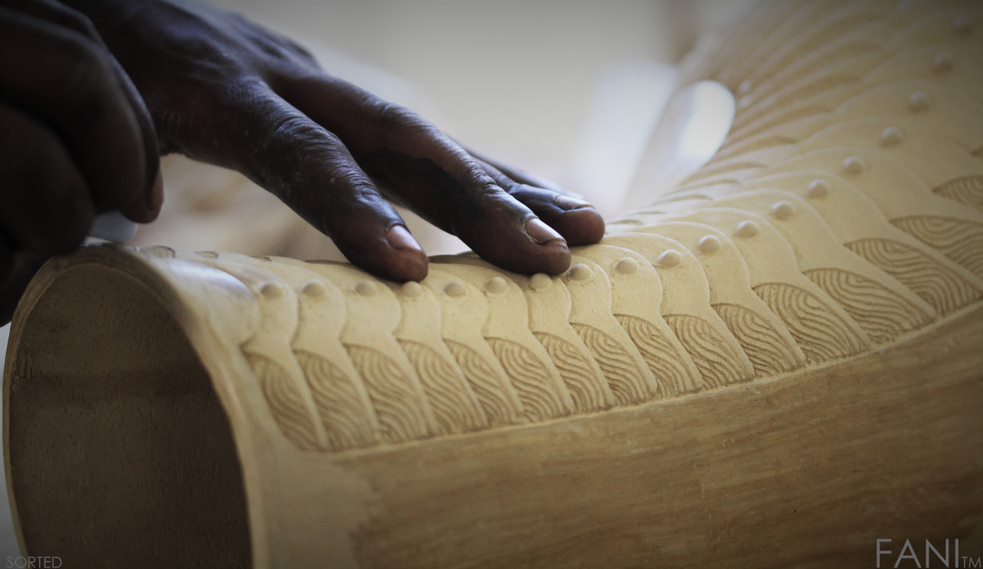
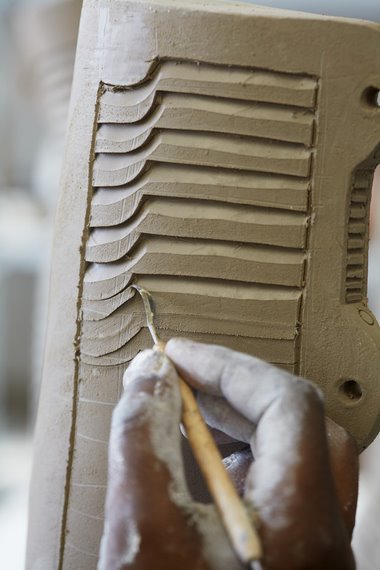
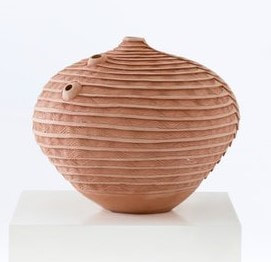
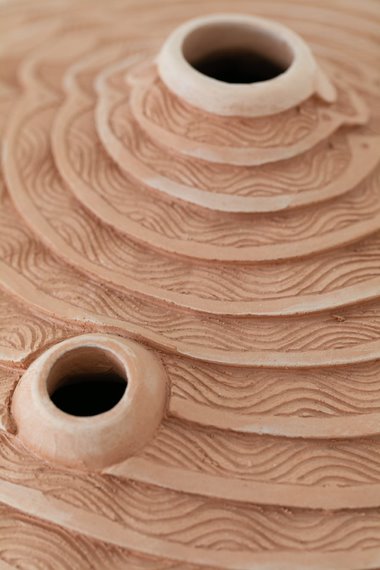
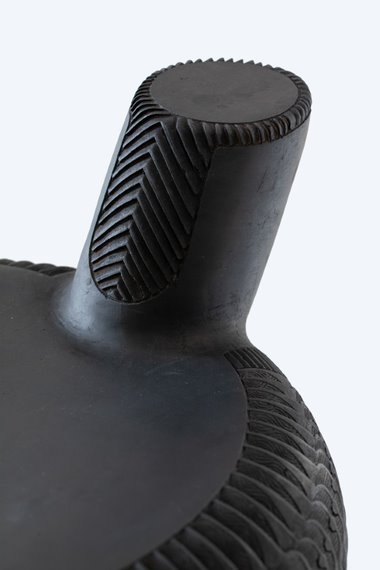
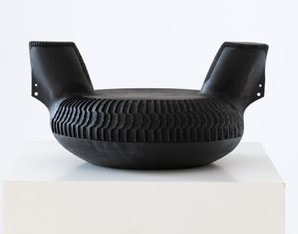
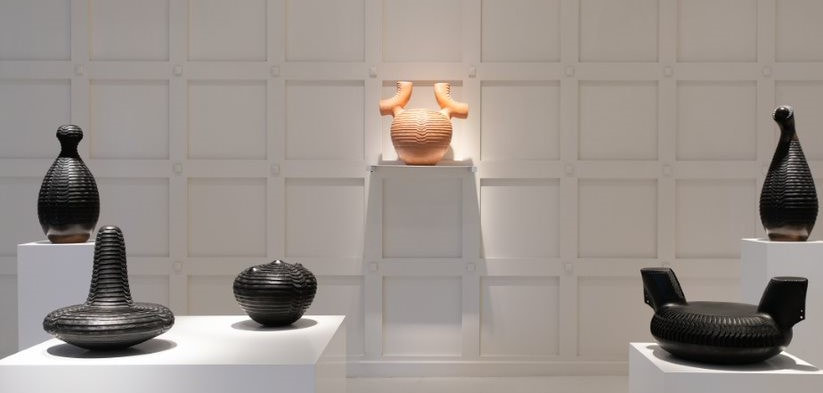

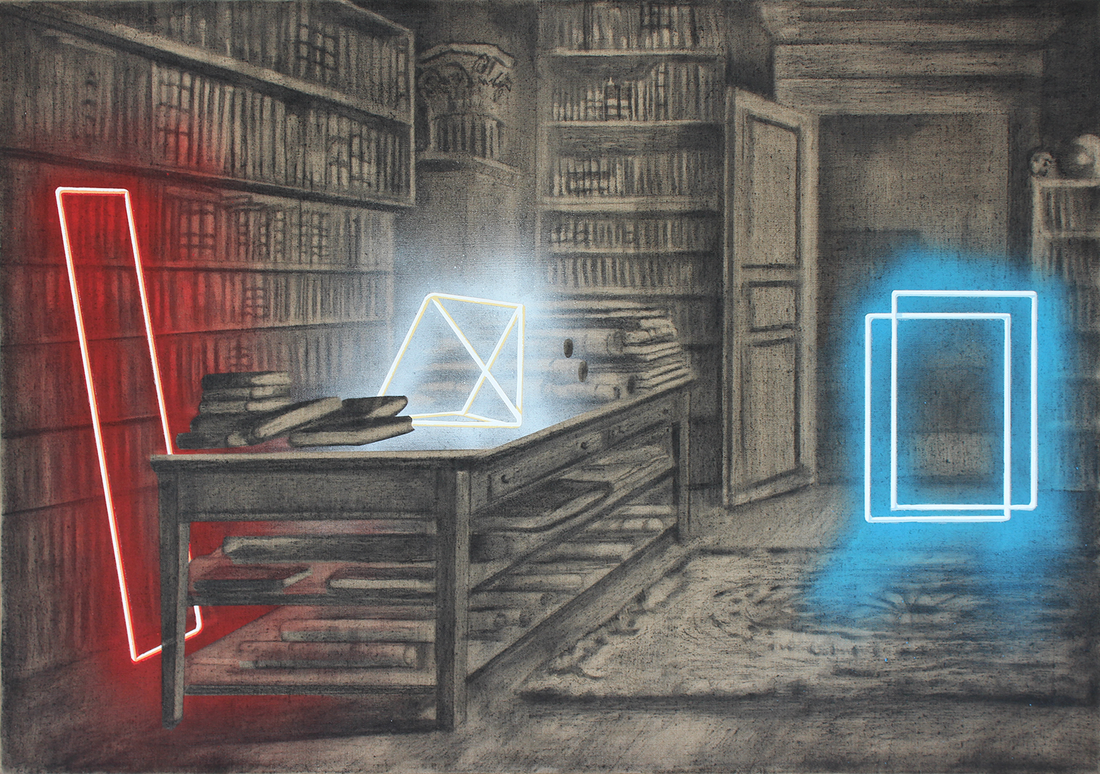

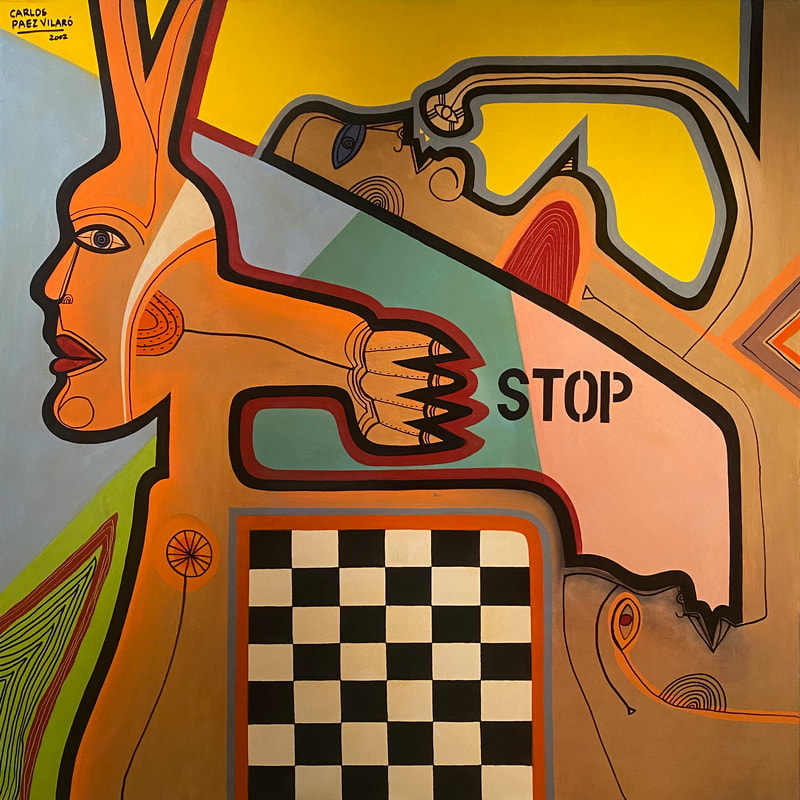
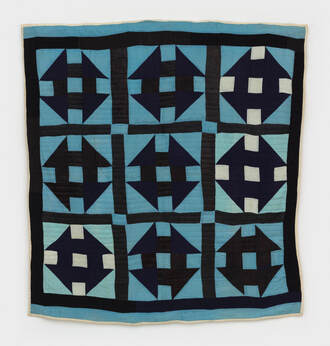
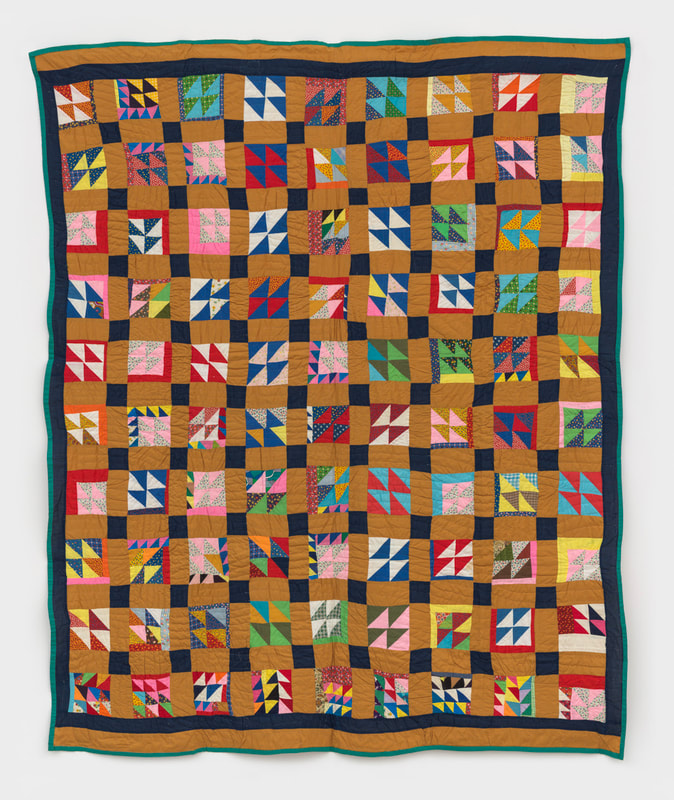
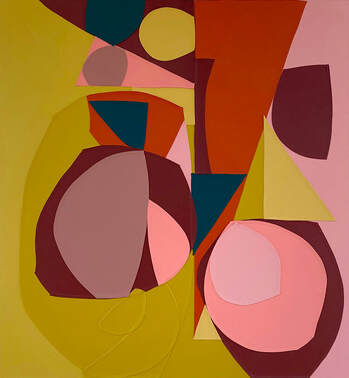
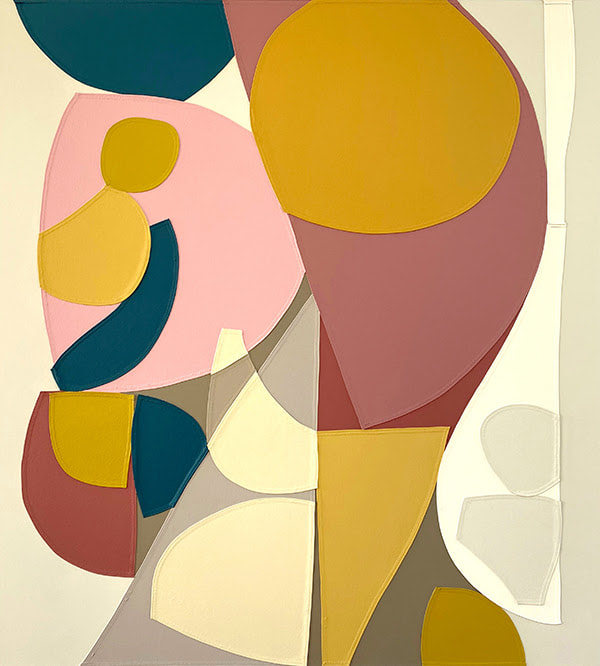
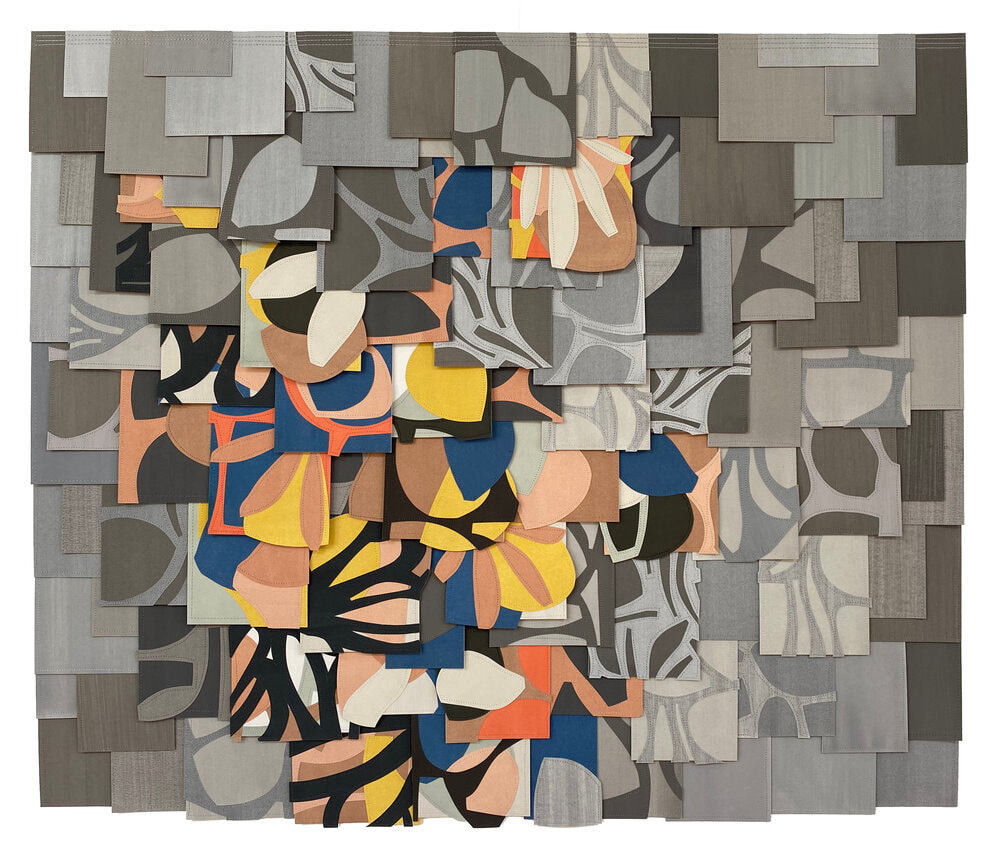
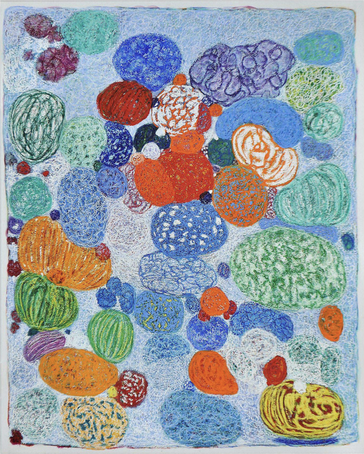
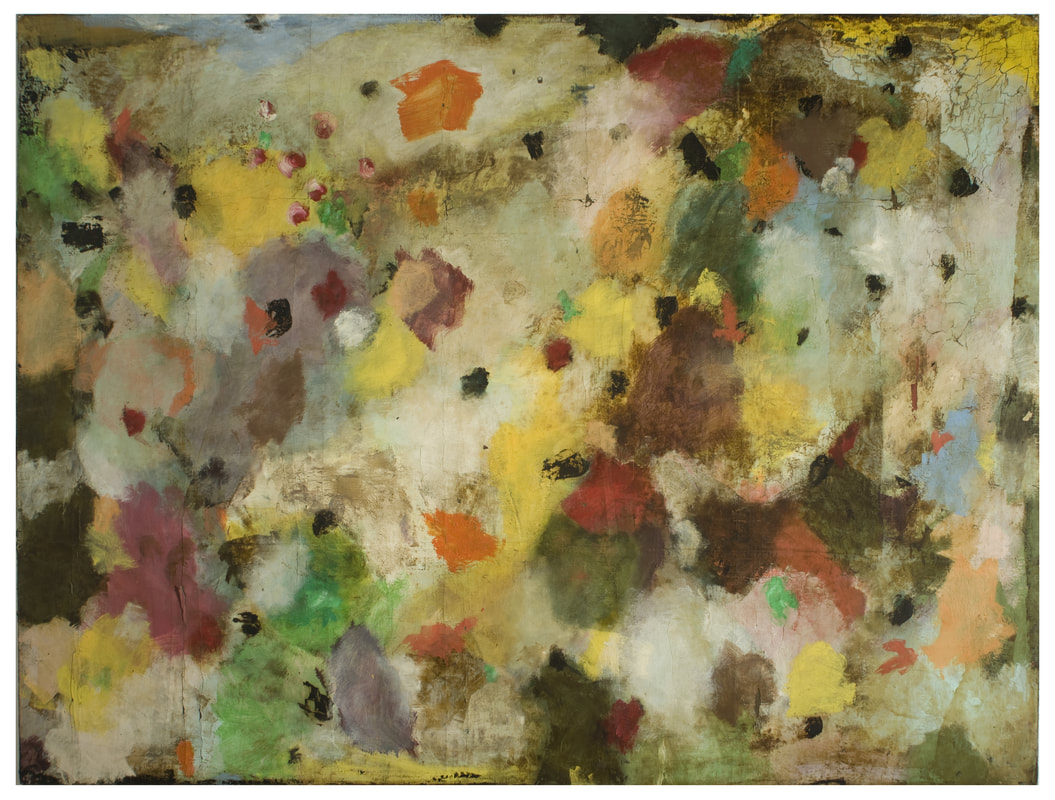
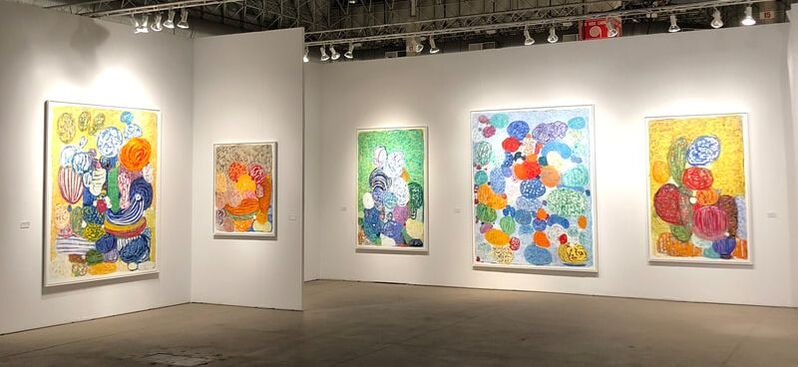
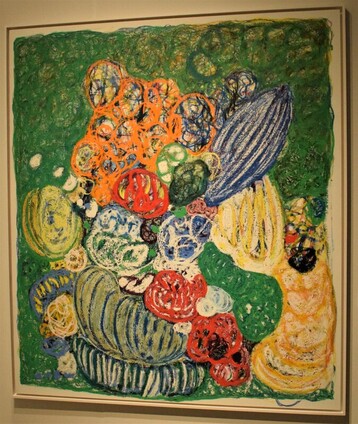
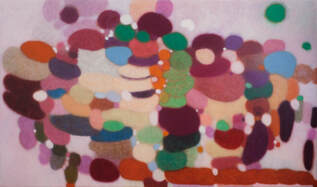
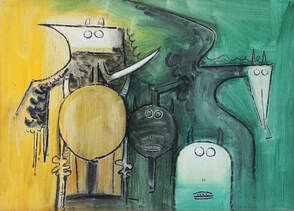

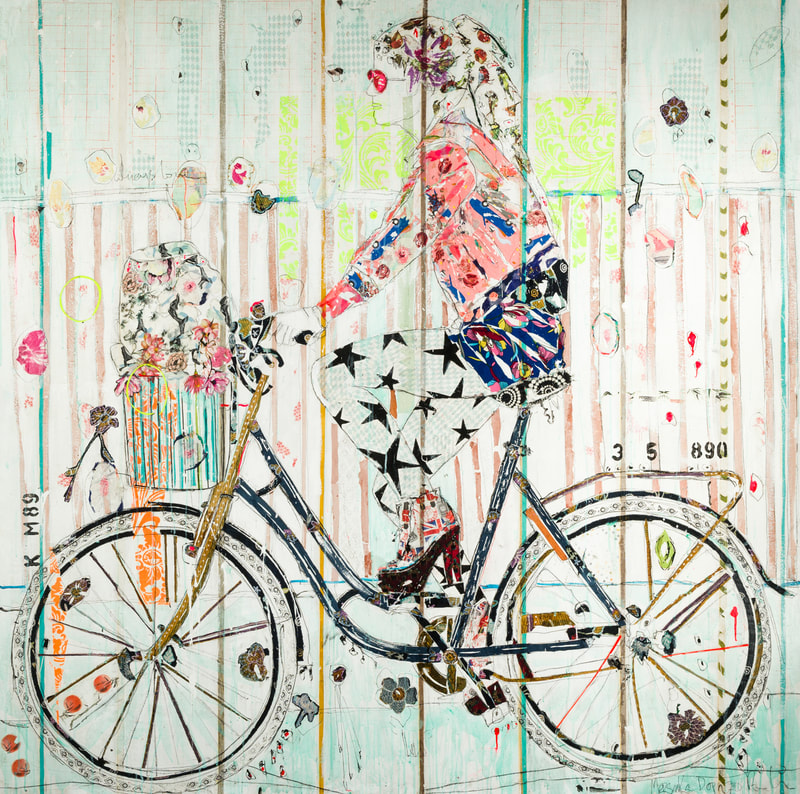
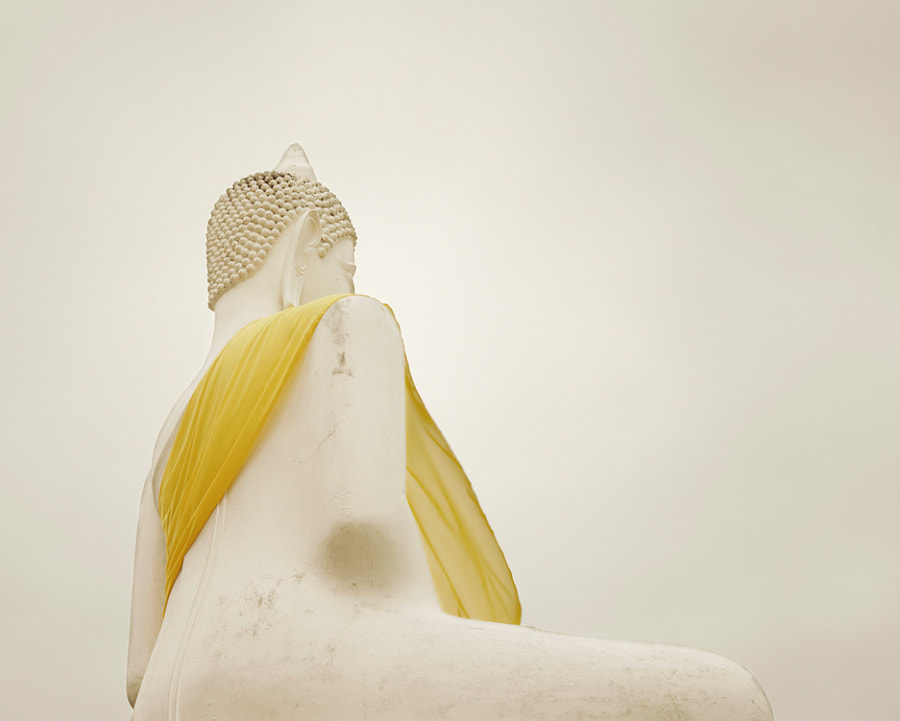
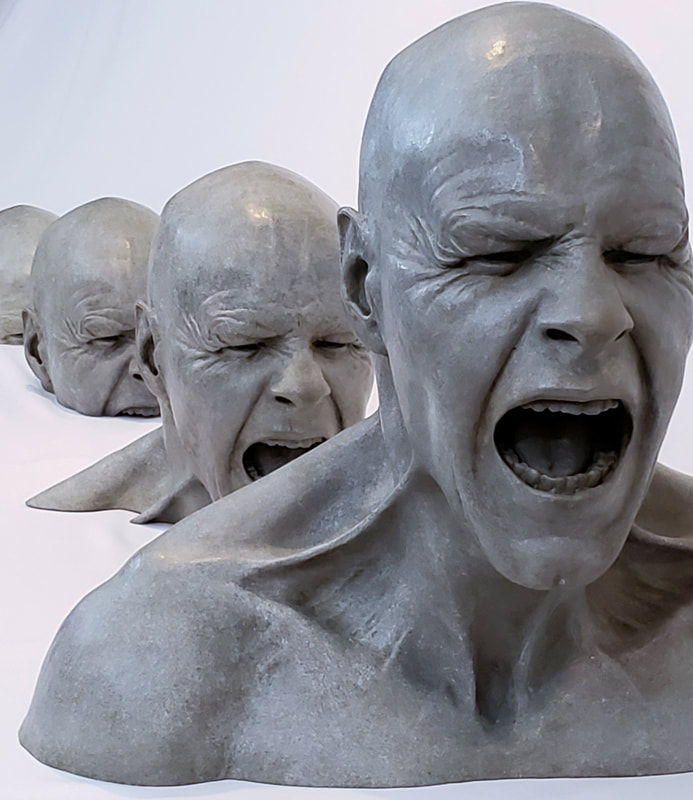

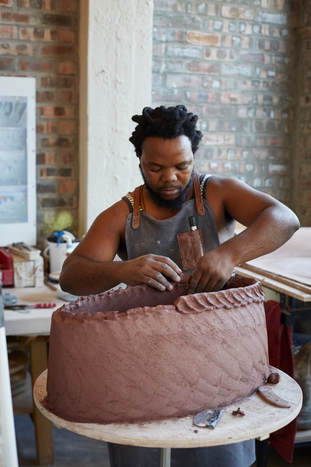
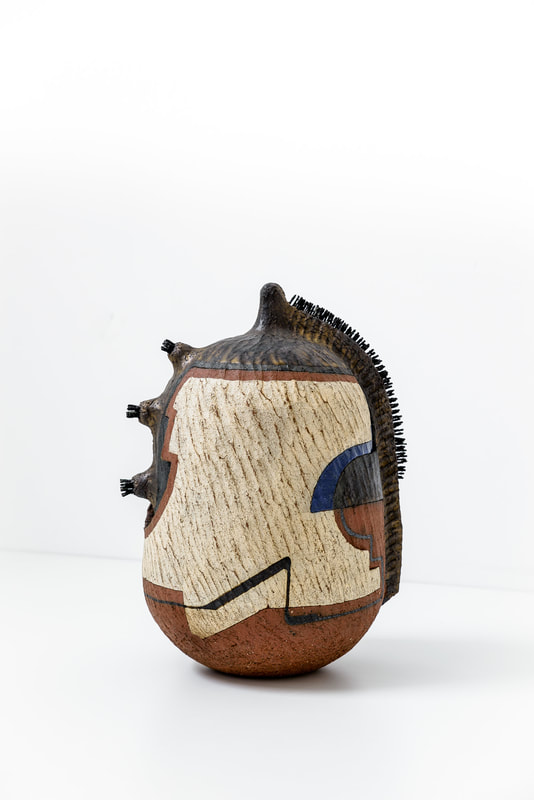
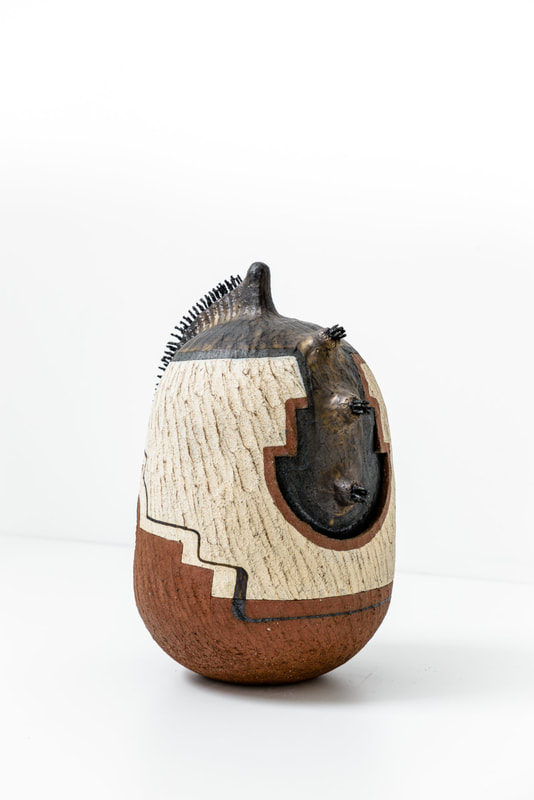
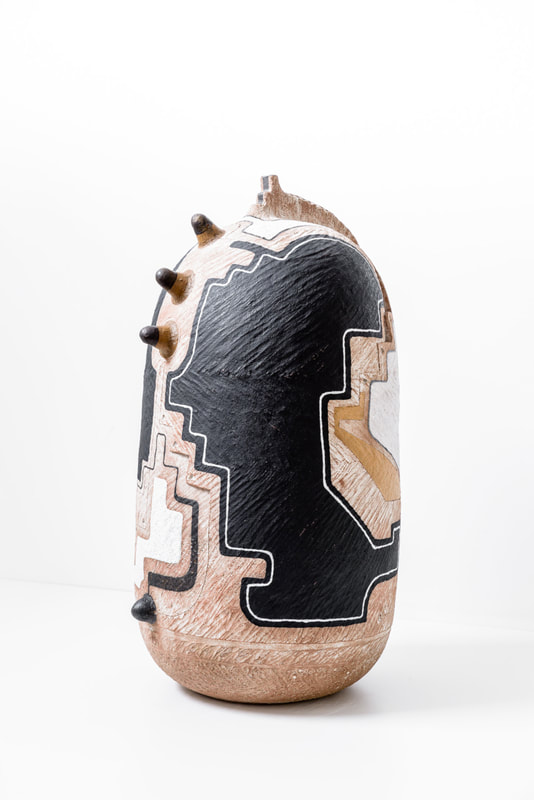

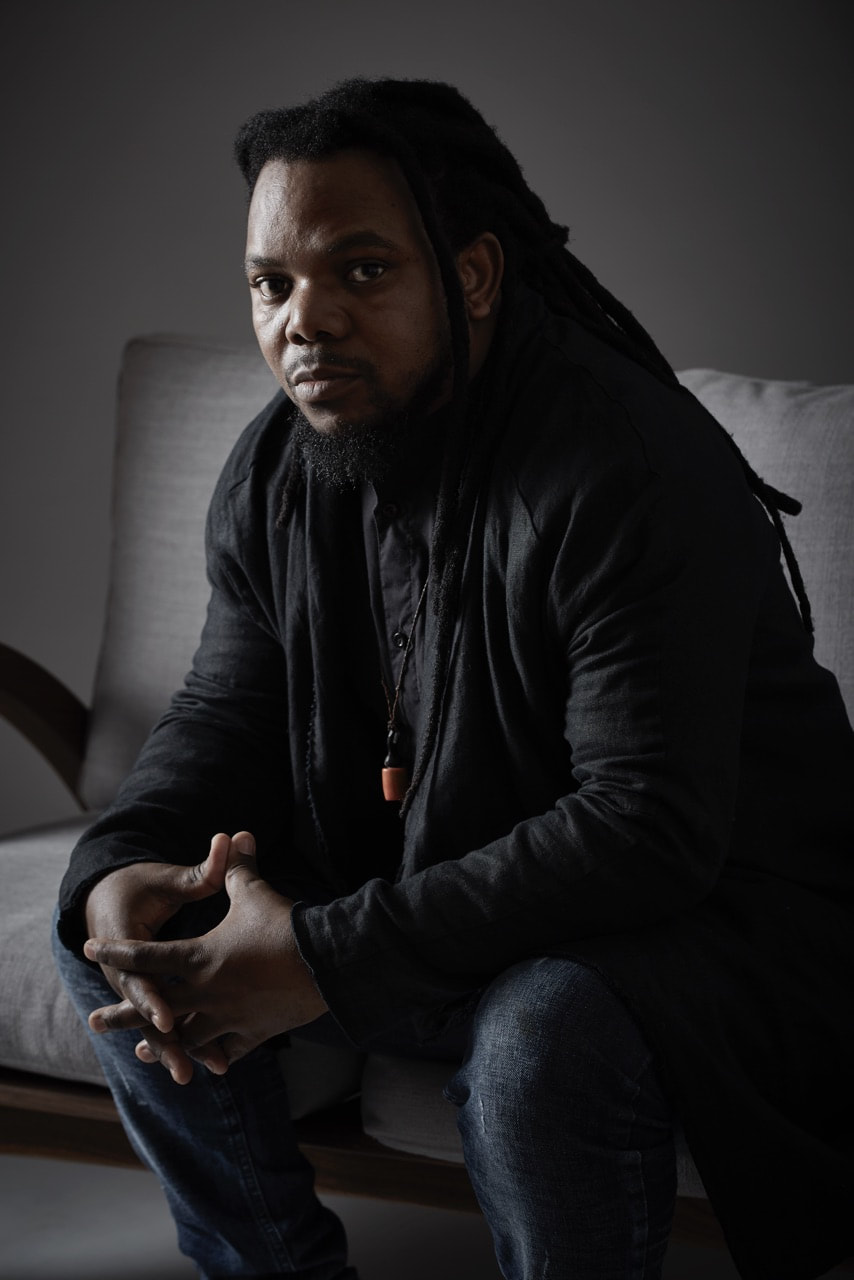
 RSS Feed
RSS Feed